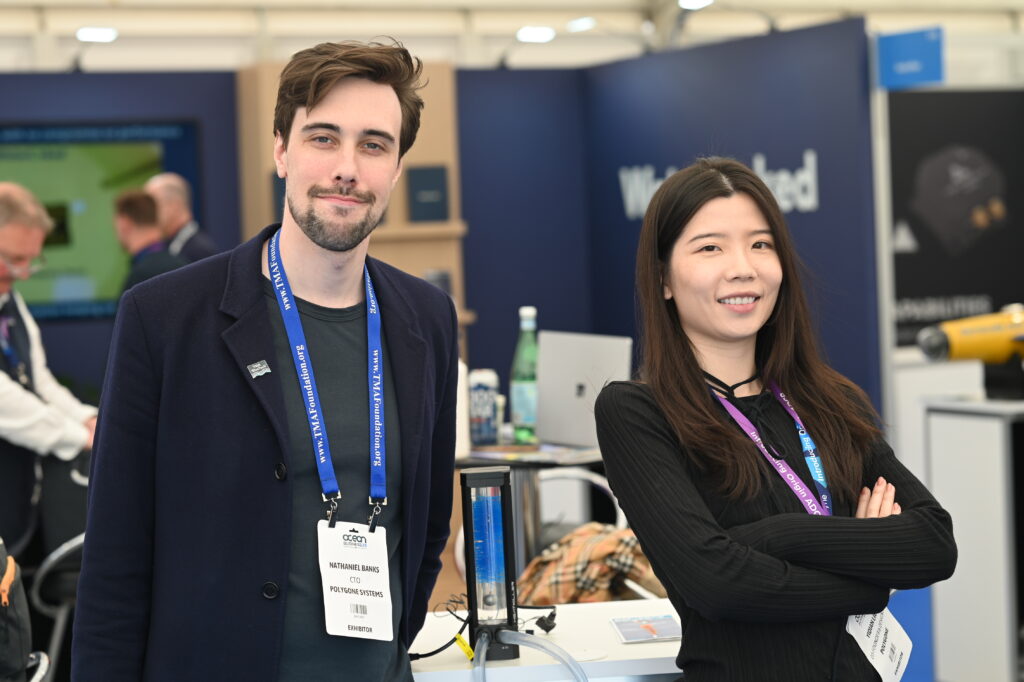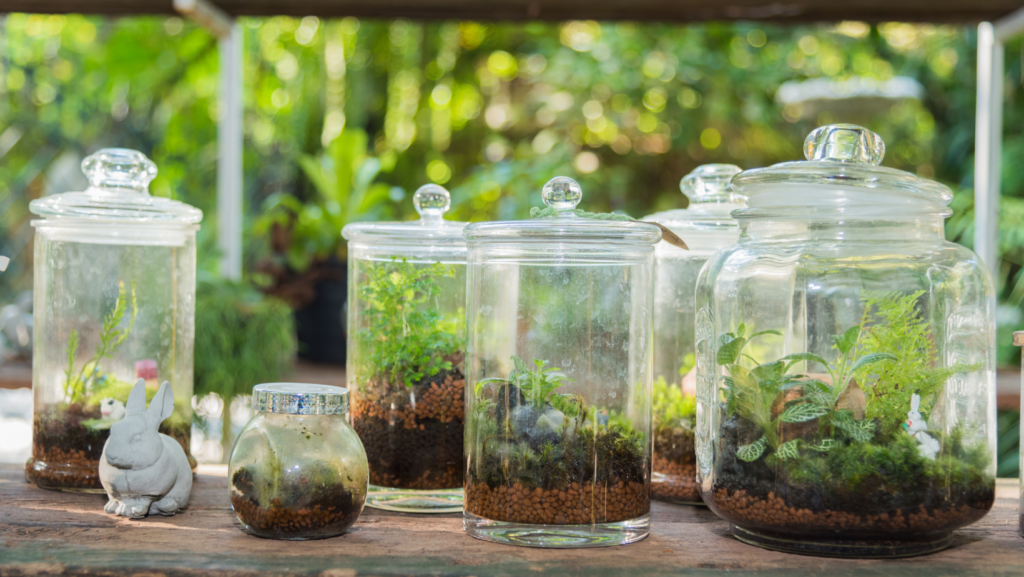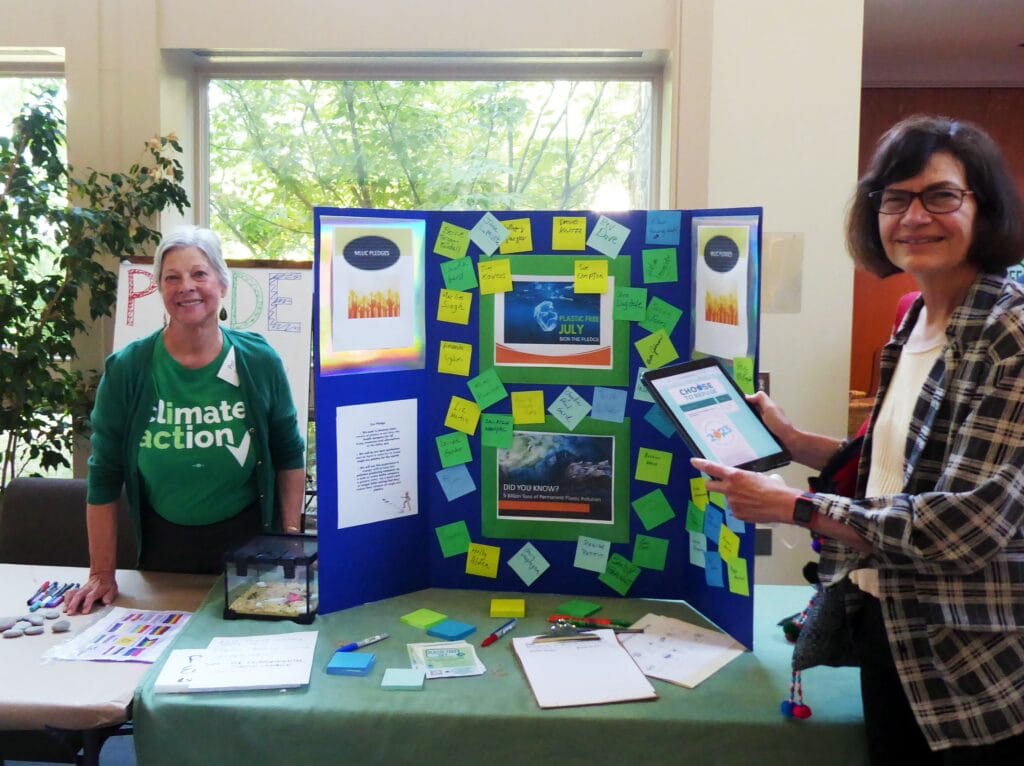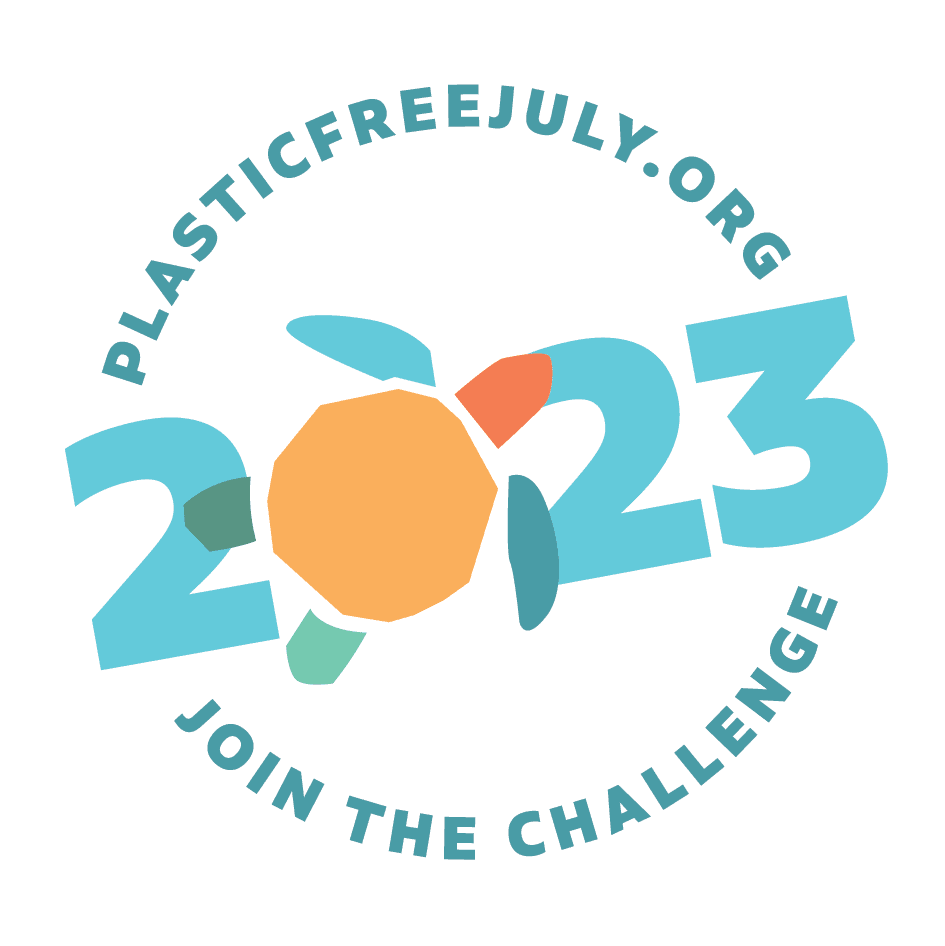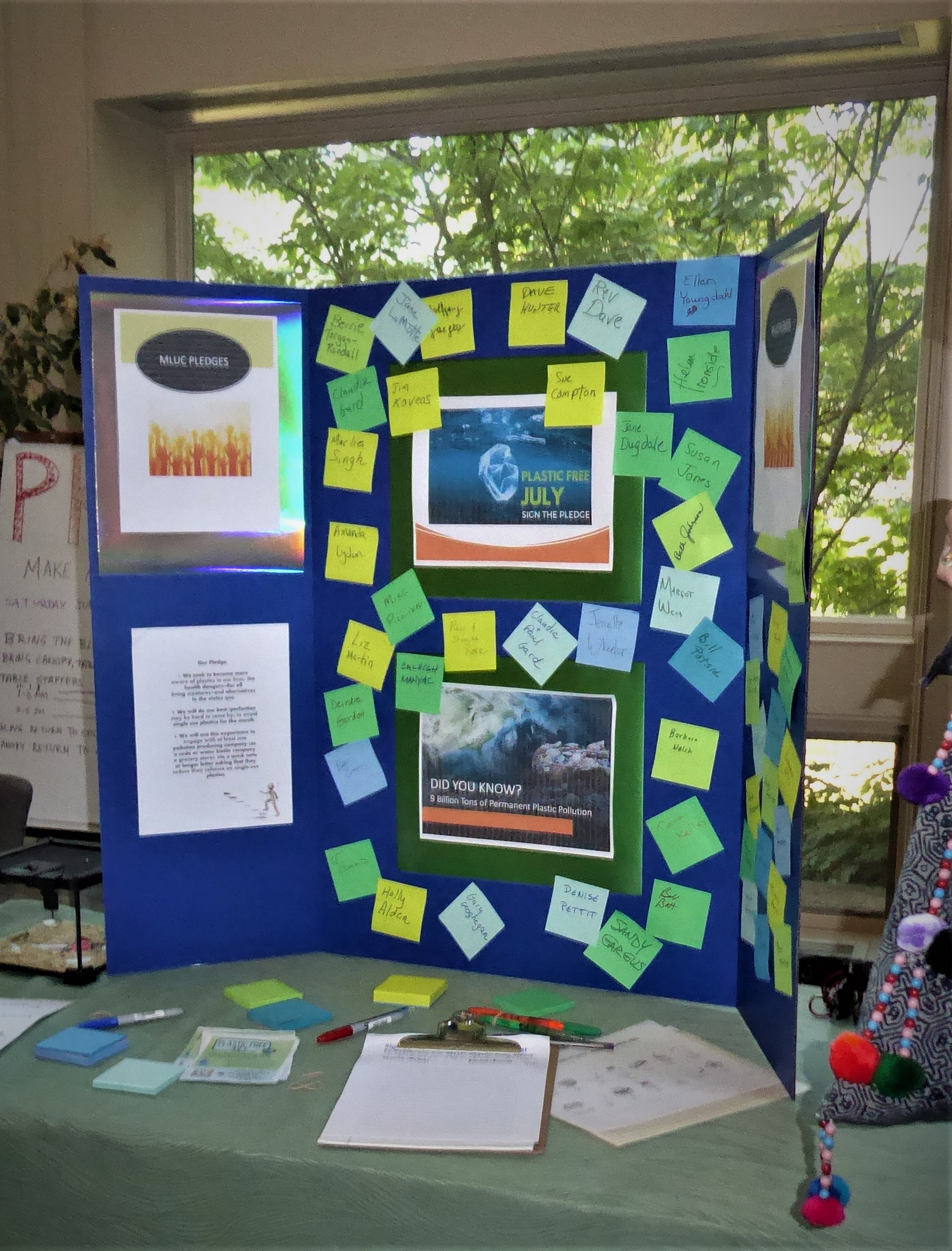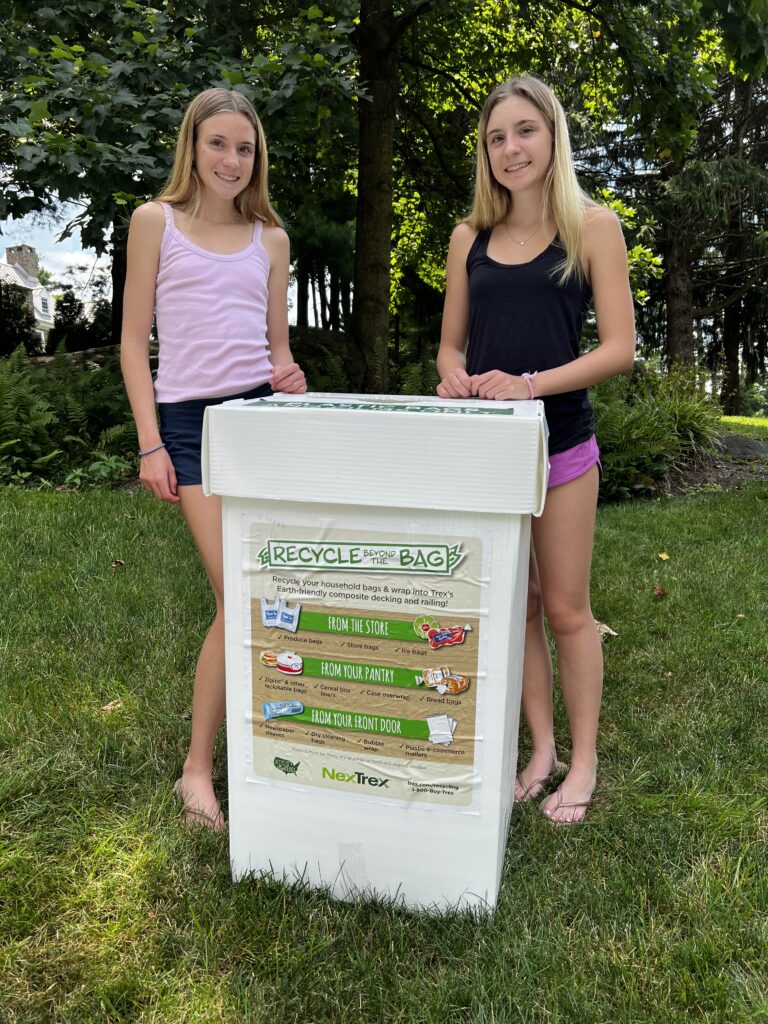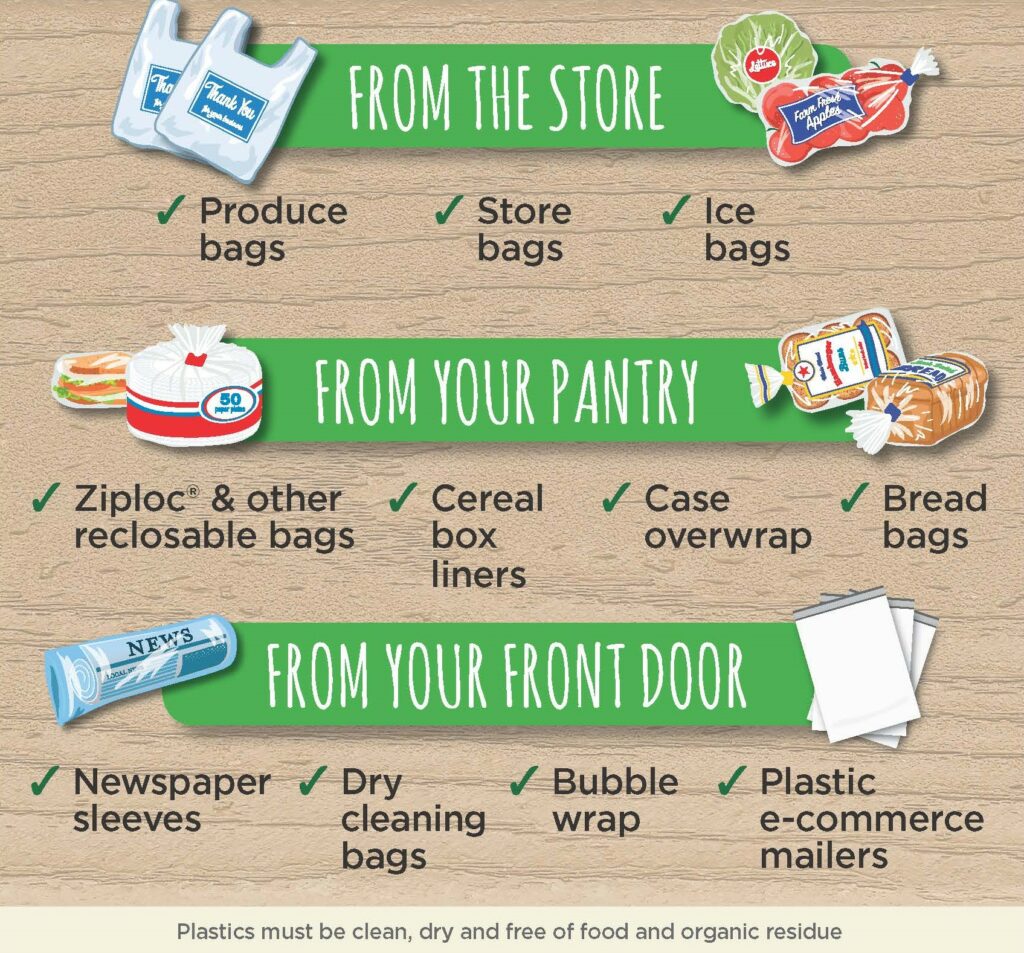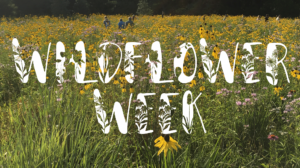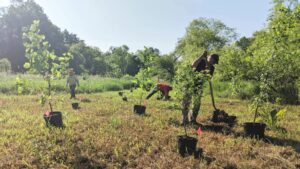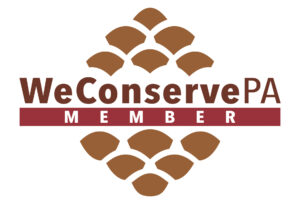By Daelin Brown, PolyGone Systems
There are somewhere between 83 and 358 trillion plastic particles floating around the world in our bodies of water, according to an international team of researchers. With this being equivalent to anywhere between 2.4 and 10.8 billion pounds of plastic, the plastic pollution problem should be one of our most urgent environmental concerns, but these microplastic particles cannot always be seen by the naked eye, which helps this problem go ignored.
The problem continues to go unnoticed because there are currently no regulations for the active systematic recording of microplastic particles. However, PolyGone Systems, a clean tech startup company spun out from Princeton University, saw the problem and decided to do something about it with the help of the Willistown Conservation Trust (WCT).
PolyGone Systems is innovating ways to remove microplastics from waterways by developing the world’s first affordable and portable microplastic capture device, the Plastic Hunter. The Plastic Hunter was designed to work in a wide array of water bodies and utilizes our original ‘artificial root’ filter to entrap microplastic debris. When the device is deployed into contaminated water, the microplastics in the water stick to the root filter, which makes removing these small particles possible.
With our great partnership with the WCT, we were able to collaborate and complete our first field test deployment at the Ashbridge Preserve. The WCT manages the land and natural resources of the Willistown area. Working together, we were able to deploy the prototype in a small tributary to Ridley Creek located within the Ashbridge Preserve.
Ridley Creek was found by WCT researchers to be contaminated with microplastics, which made this an ideal testing site. The prototype was tied to stakes located on either side of the stream, covering the majority of the stream’s width and was left to capture microplastic particles for one month.
Before and after the deployment of our Plastic Hunter device, WCT was able to monitor the water quality of Ridley Creek. They collected and filtered stream samples to count the microplastic concentrated in the waterway. By partnering with WCT, we are able to measure how well the Plastic Hunter captures microplastics!
After completing one month of operation, the coconut fiber brushes were removed, collected, and analyzed in the lab for their microplastic count. Looking through a microscope, a tough, and rigid plastic fiber can be seen in the coconut fiber sample, which means that the brush successfully captured microplastics from the stream.
However, after reviewing the success of the prototype, there were major improvements that needed to be made. Organic materials, including plants, algae, and insects, seemed to accumulate substantially on the prototype’s fiber brushes over time, which weighed down the prototype. To improve the device’s floating ability, we decided to use organic silicone fiber brushes. Since the change of brushes, we have seen 75% removal success within the first 24 hours of lab tank tests.
As we continue to update our projects and work alongside WCT, we completed two new field tests with a wood-textured platform on the device and a set of our new silicone-based artificial root filters back in November of 2022. These new prototypes have achieved a 25% removal success rate in the first 24 hours of field deployment.
PolyGone has received several grant awards for innovation, including a $1.9 million grant from the National Oceanic and Atmospheric Administration (NOAA) in partnership with the New York Sea Grant. This grant will allow us to continue to work with WCT by funding more field tests for our new filters and by supporting more talented employees to conduct the research and studies on microplastic’s impact on the environment.
